Carl Jung’s Tension of Opposites: Mapping the Psyche’s Polarities for Healing and Wholeness
One of Carl Jung’s most profound yet often misunderstood ideas is the concept of the tension of opposites within the psyche. Far from a simple binary or a problem to be solved, this dynamic interplay of contrary forces is in fact crucial to the process of growth and individuation. As Jung wrote, “The self is made manifest in the opposites and in the conflict between them; it is a coincidentia oppositorum [coincidence of opposites]. Hence the way to the self begins with conflict.”
This insight was deeply rooted in Jung’s own early experiences of inner division, which he referred to as “Personality No. 1” and “Personality No. 2.” As David Tacey explores in his book How to Read Jung, these two aspects of Jung’s personality became foundational to his psychological theories.
Personality No. 1 and Personality No. 2
Jung first introduced the distinction between Personality No. 1 and Personality No. 2 in his autobiographical work Memories, Dreams, Reflections. Personality No. 1 represented his outward, socially adapted self—the rational, academically engaged individual who functioned in the world of education, professional life, and social expectations. However, this aspect often felt shallow or incomplete to Jung.
In contrast, Personality No. 2 was a deep, intuitive, and mystical aspect of Jung’s psyche. Connected to nature, timelessness, and a transpersonal dimension of existence, this part of Jung’s inner life had a profound sense of the sacred and an experience of the world as full of symbols and archetypal meaning. Unlike the structured world of Personality No. 1, Personality No. 2 was at home in solitude, dreams, and the unconscious.
Over time, Jung moved from seeing this duality as his own private experience to understanding it as a universal psychological phenomenon. The tension between Personality No. 1 and Personality No. 2 mirrors the dynamic between the ego (the conscious, socially adapted self) and the Self (the deeper, transpersonal center of the psyche) in Jung’s later theories.
Individuation and the Reconciliation of Opposites
Jung’s process of individuation—his model of psychological development—can be seen as an attempt to reconcile Personality No. 1 and Personality No. 2. The goal is to integrate these opposing forces, allowing for a life that is both engaged with the outer world and deeply connected to the inner, symbolic, and transpersonal dimensions of existence.
As Tacey highlights, Jung believed that modern individuals suffer when they over-identify with Personality No. 1, cutting themselves off from the deeper wisdom of Personality No. 2. This is a core crisis of contemporary life: people live in a rational, empirical world but feel disconnected from deeper meaning.
Jung’s entire psychological framework—his ideas of the collective unconscious, archetypes, and the Self—can be seen as an expansion of this early realization about his divided nature. By developing concepts like the shadow, anima/animus, and the transcendent function, Jung provided ways to bridge the gap between Personality No. 1 and Personality No. 2. True psychological growth requires engaging with both aspects, balancing structure with mystery, intellect with imagination, and reason with the unconscious.
Cognitive and Somatic Polarities
This tension of opposites plays out not just in the realm of personality and archetype, but also in the cognitive and somatic dimensions of experience. Our early relational experiences, often with primary caregivers, can instill conflicting schemas or implicit beliefs about ourselves and the world.
For example, a child who experiences both neglect and invasiveness from a parent may develop a simultaneous sense of worthlessness and defectiveness (“I am bad and should wither away”) and of persecution and enmeshment (“I must rigidly endure abuse to protect others”). These contrary implicit schemas, often formed before the development of language and explicit memory, can persist into adulthood as a profound inner conflict.
This cognitive dissonance is mirrored on the somatic level, with corresponding tensions and defenses held in the body. The “worthless” schema may manifest as collapse, dissociation, or “going limp,” while the “persecuted” schema may manifest as hypervigilance, armoring, or “going rigid.” The body becomes both a record of and a perpetuator of these unresolved emotional wounds.
Therapeutic Titration and Integration
Effective depth psychotherapy must work with these tensions on both the cognitive and somatic levels, gradually bringing them into conscious awareness and initiating a process of titration and integration. This may involve a combination of talk therapy to explicate and reframe the conflicting beliefs, and body-based interventions to release and renegotiate the corresponding physical tensions.
The goal is not to eliminate one pole in favor of the other, but to develop the capacity to flexibly move between and relate to both. In the example above, this might look like helping the client to accept both their inherent worth and their need for self-protection, to set boundaries while still allowing for vulnerability and connection. On the somatic level, it might involve learning to pendulate between relaxation and alertness, to find a centered ground between collapse and rigidity.
As Jung recognized, this kind of shadow integration is an ongoing, lifelong journey rather than a single destination. It requires continually facing and befriending the opposites within, holding them in a creative tension that allows for the emergence of new possibilities. In The Red Book, Jung wrote, “I maintain a tension of opposites between affirmation, negation, and transformation. I am the flux and flow of the becoming, the place of the conflict where it wants to bear fruit.”
Beyond the Personal: Archetypal and Collective Polarities
While much of Jung’s work focused on the individual psyche, he also recognized that these tensions of opposites play out on larger collective and archetypal levels. Cultural, political, and religious conflicts often reflect the projection and acting out of unrecognized shadow material, the disowned “other” that is viewed as wholly external and alien.
Jung saw the resolution of such conflicts as requiring a kind of collective individuation process, a withdrawal of projections and recognition of the ways in which the “enemy” mirrors disavowed aspects of the self. As he wrote in The Archetypes and the Collective Unconscious, “We cannot change anything unless we accept it. Condemnation does not liberate, it oppresses.”
This archetypal dimension of the tension of opposites is also reflected in the recurring motifs of mythology and religion, which often center around the reconciliation of divine or cosmic dualities – light and dark, good and evil, masculine and feminine. Jung saw these mythic images as expressions of the psyche’s innate drive towards wholeness, the hero’s journey of integrating the disparate parts of the self.
Jung’s Philosophical Influences in His Theories
Carl Jung’s notion of the tension of opposites within the psyche, while deeply personal in origin, also drew heavily from a rich tapestry of philosophical and mystical traditions. Many of the seminal thinkers who shaped Jung’s intellect grappled with similar paradoxes and polarities, providing a conceptual foundation for his psychological theories.
Hegel’s Dialectic
One of the most direct influences on Jung’s understanding of opposites was the German idealist philosopher Georg Wilhelm Friedrich Hegel. Hegel’s dialectical method, which posits that progress occurs through the reconciliation of opposing forces (thesis and antithesis) into a higher unity (synthesis), provided a philosophical template for Jung’s psychological model.
Jung saw the psyche as inherently self-regulating, with psychic energy generated by the tension between contrasting elements. Just as in Hegel’s dialectic, psychological growth occurs not through the elimination of opposites, but through their synthesis into a more integrated whole. This process is continual and recursive, with each new synthesis becoming a thesis for a new set of oppositions.
Kant’s Antinomies
Hegel’s dialectic itself built upon the work of Immanuel Kant, particularly his doctrine of the antinomies of pure reason. Kant argued that when reason ventures beyond the limits of possible experience, it inevitably becomes entangled in contradictions or antinomies. These unsolvable paradoxes, such as the conflict between free will and determinism, reveal the boundaries of rational thought.
For Jung, the antinomies of the psyche, such as the opposition between conscious and unconscious or individual and collective, similarly point to the limits of the ego and the rational mind. Engaging with these paradoxes requires a different kind of logic, one that embraces contradiction and ambiguity. Jung’s transcendent function, which mediates between opposites, can be seen as a psychological analogue to Kant’s transcendental dialectic.
Nietzsche’s Dionysian/Apollonian Duality
Another significant philosophical influence on Jung’s conception of opposites was Friedrich Nietzsche, particularly his distinction between the Dionysian and Apollonian principles in Greek tragedy. For Nietzsche, the Dionysian represents the instinctual, irrational, and ecstatic aspects of human nature, while the Apollonian represents the rational, orderly, and individuated aspects.
Jung saw this duality as a fundamental polarity of the psyche, with the Dionysian corresponding to the unconscious and the Apollonian to the conscious. Psychological health, for Jung, depends on giving both principles their due, allowing for a controlled “regression” into Dionysian experience (such as through dream work or active imagination) while maintaining the Apollonian structure of the ego.
Alchemy’s Coniunctio Oppositorum
Jung’s understanding of opposites was also deeply informed by his study of alchemy, particularly the idea of the coniunctio oppositorum or conjunction of opposites. In alchemical texts and images, this conjunction was often represented as a sacred marriage between masculine and feminine elements (such as king and queen, sun and moon), resulting in the birth of the philosopher’s stone.
For Jung, alchemy was a profound symbolic system that mirrored the process of individuation. The alchemical opus, with its stages of nigredo (blackening), albedo (whitening), and rubedo (reddening), represented the psychological journey of engaging with and integrating the shadow, anima/animus, and Self. The coniunctio, the culminating stage of the work, symbolized the resolution of opposites in the psyche and the achievement of wholeness.
Jung explored alchemical themes extensively in his later works, such as Psychology and Alchemy and Mysterium Coniunctionis, seeing in them a rich repository of archetypal symbolism and psychological wisdom. The alchemical notion of holding the tension of opposites, of allowing for the paradoxical coexistence of seemingly contradictory elements, became a central tenet of Jungian theory and practice.
Neoplatonism’s Coincidentia Oppositorum
The idea of the conjunction of opposites has roots that go back even further than alchemy, particularly to the Neoplatonic tradition. Neoplatonists like Plotinus developed the concept of the coincidentia oppositorum or coincidence of opposites, the idea that in the Absolute or divine mind, all opposites coincide.
This notion was later elaborated by Christian mystics like Nicholas of Cusa, who saw God as the “coincidence of opposites,” the infinite unity that embraces all duality. Jung was deeply influenced by this mystical tradition, seeing in it a parallel to his psychological understanding of the Self as the transcendent totality of the psyche that contains and reconciles all opposites.
Living the Paradox
Ultimately, the Jungian path of individuation asks us to embrace and live the paradox of the opposites, to hold the tension of contrary forces within the crucible of the self. This is not a matter of attaining a static state of perfection, but of engaging in a dynamic, ongoing process of differentiation and integration.
It requires developing the capacity for bi-vision, for seeing through the lens of both poles without collapsing into either. It means learning to tolerate ambiguity, uncertainty, and complexity, to resist the temptation of one-sided solutions or premature closure. Above all, it means cultivating the courage to face and befriend our own shadows, to recognize that what we reject “out there” often reflects what we deny “in here.”
As Jung recognized, this work of holding the tension of opposites is not for the faint of heart. It demands a kind of psychological and spiritual fortitude, a willingness to venture into the dark and uncertain places of the soul. But it is precisely in this crucible of conflict that the gold of wholeness is forged, that the self is “made manifest” in all its complexity and contradictory splendor. In the words of Jung, “The way to the self begins with conflict.”

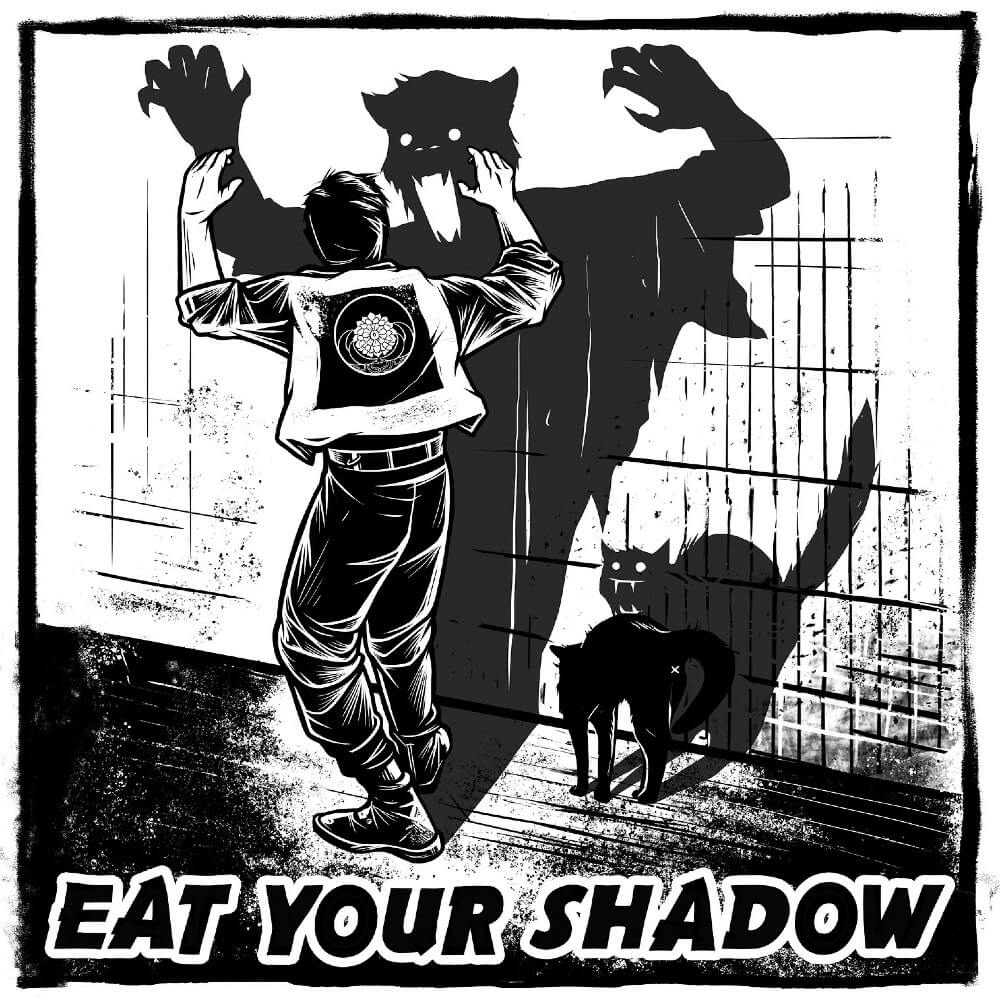
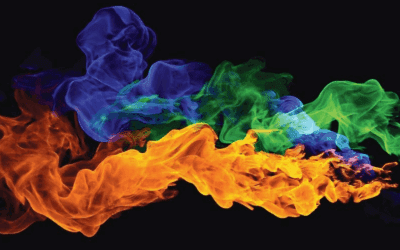
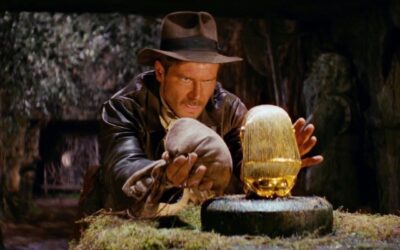
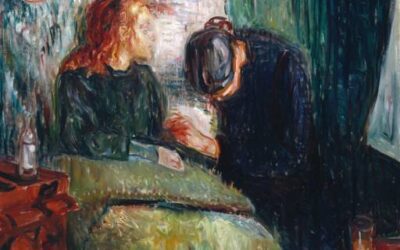
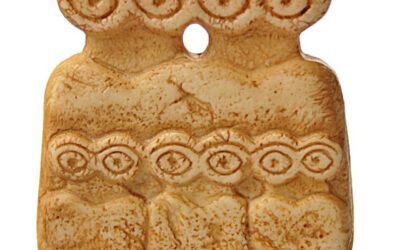

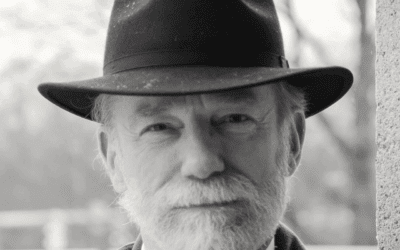
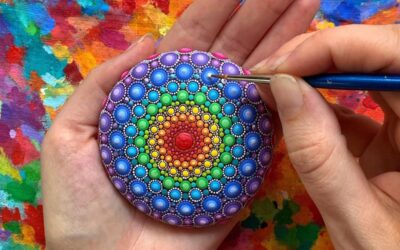
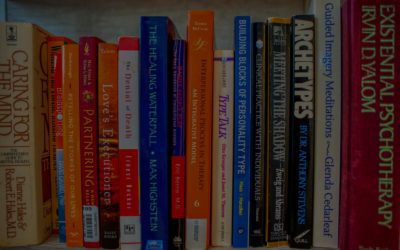
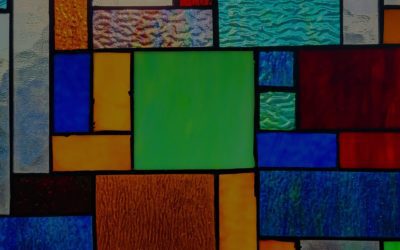

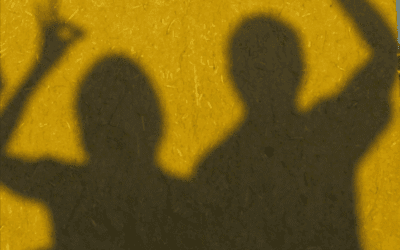
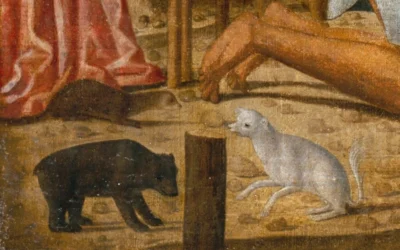
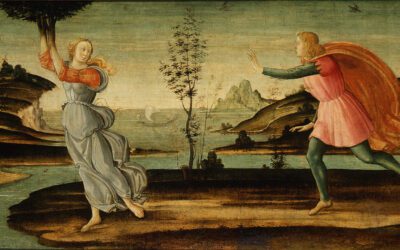
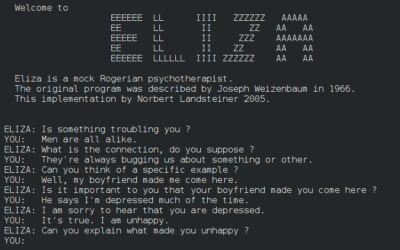
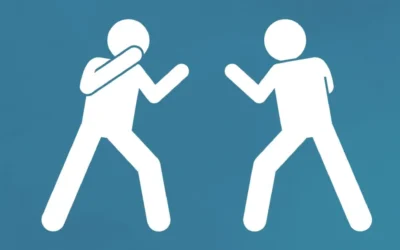
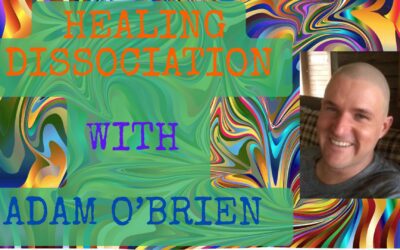
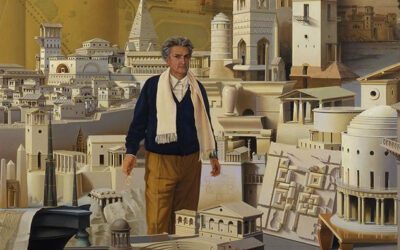
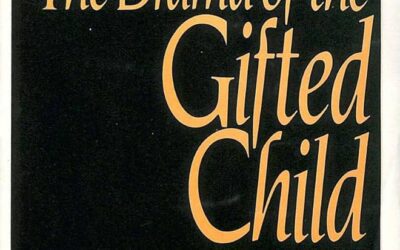
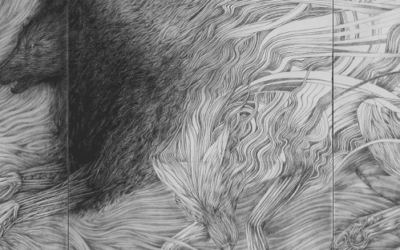
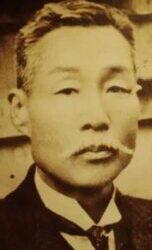
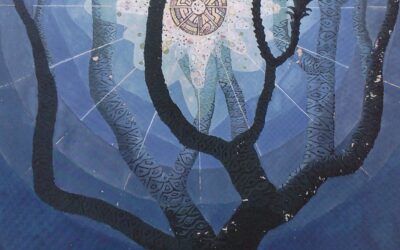
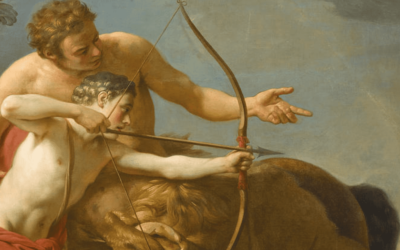
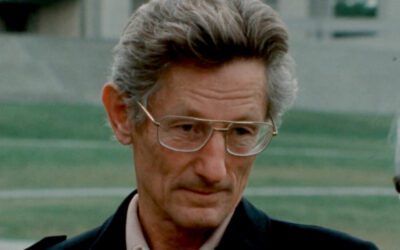
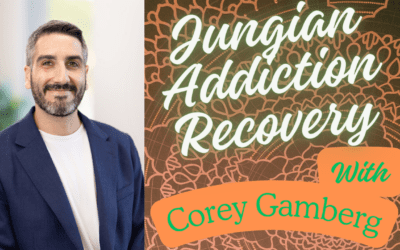
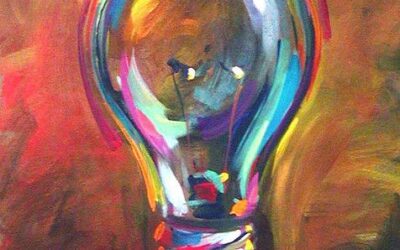
0 Comments